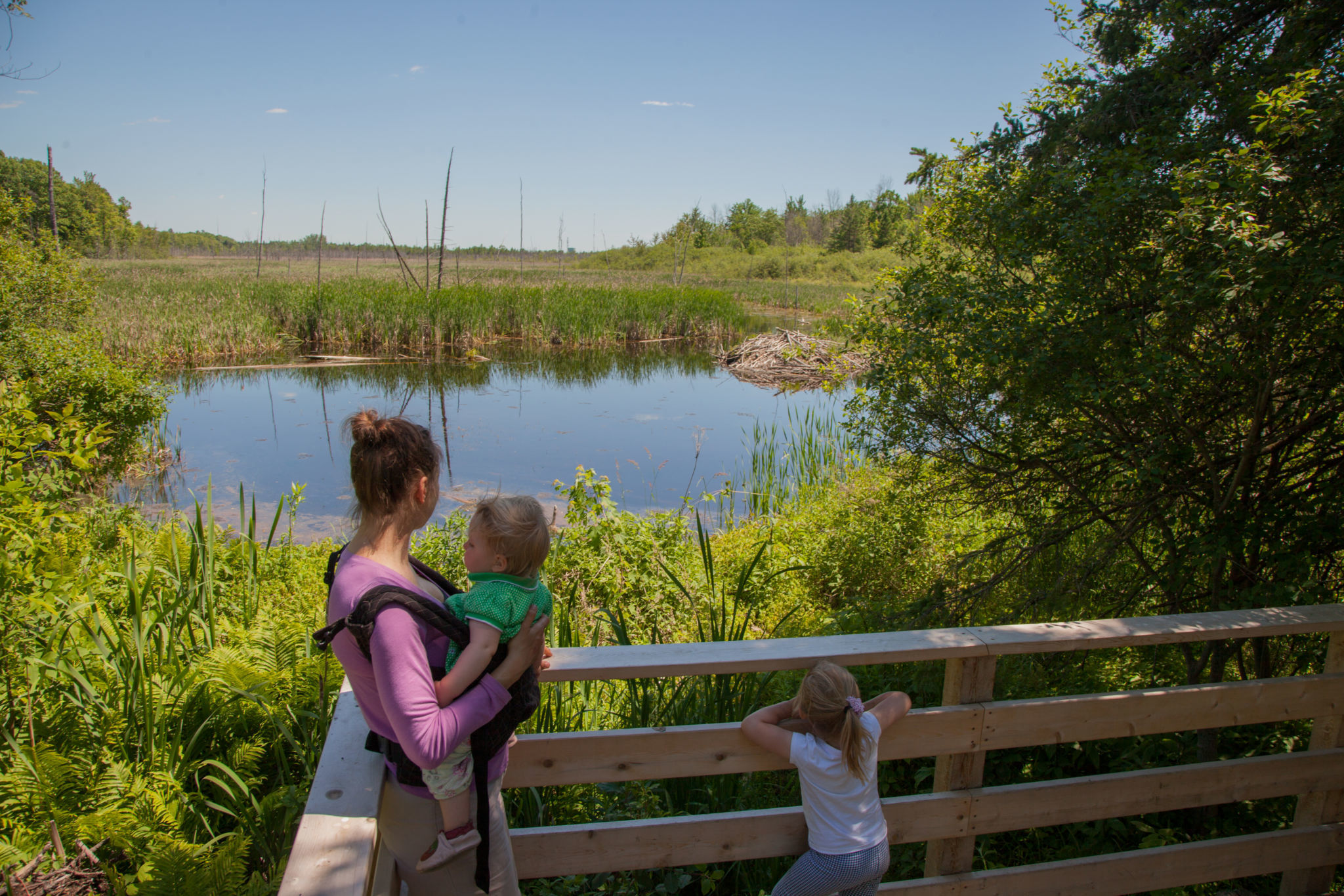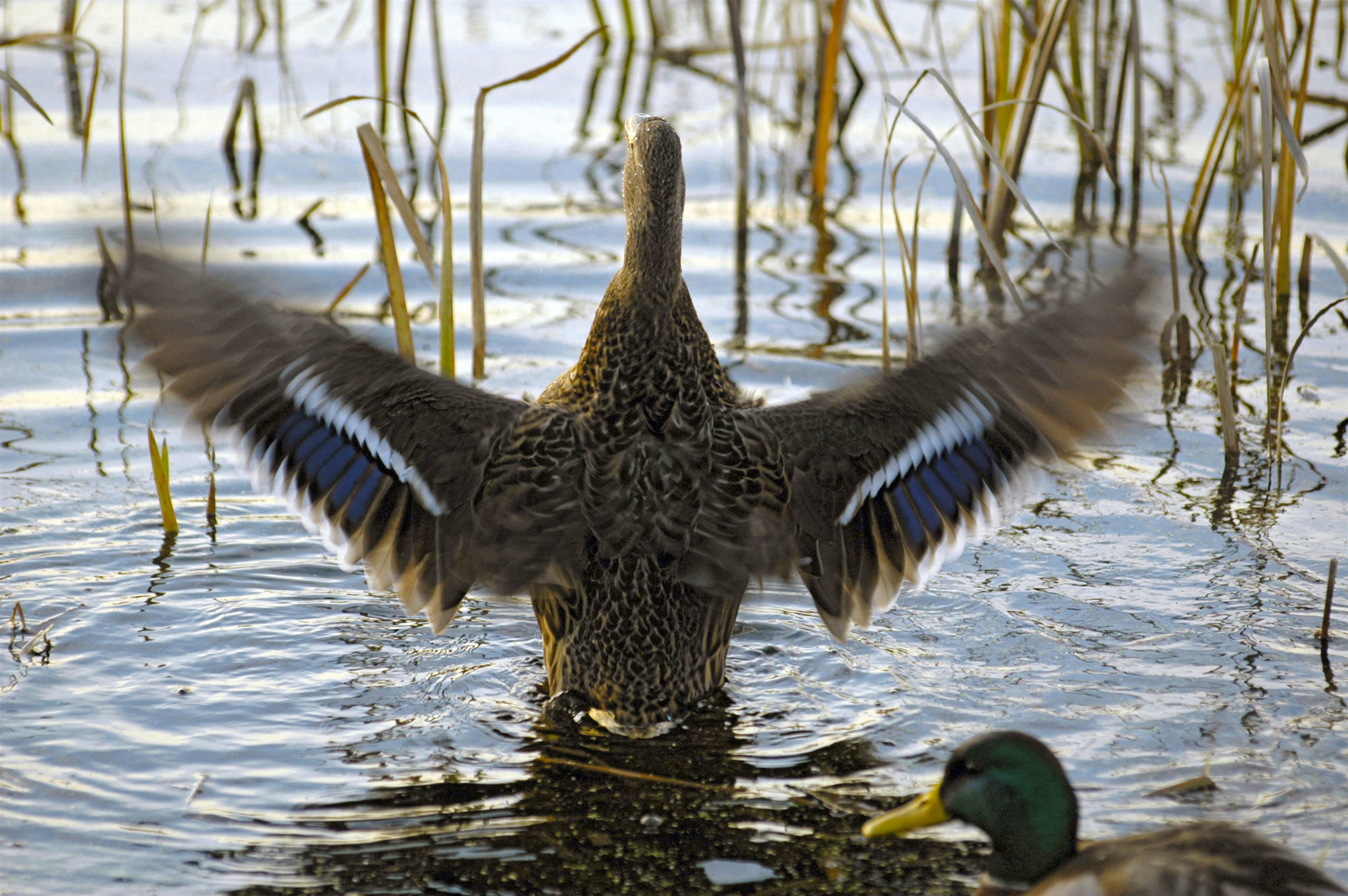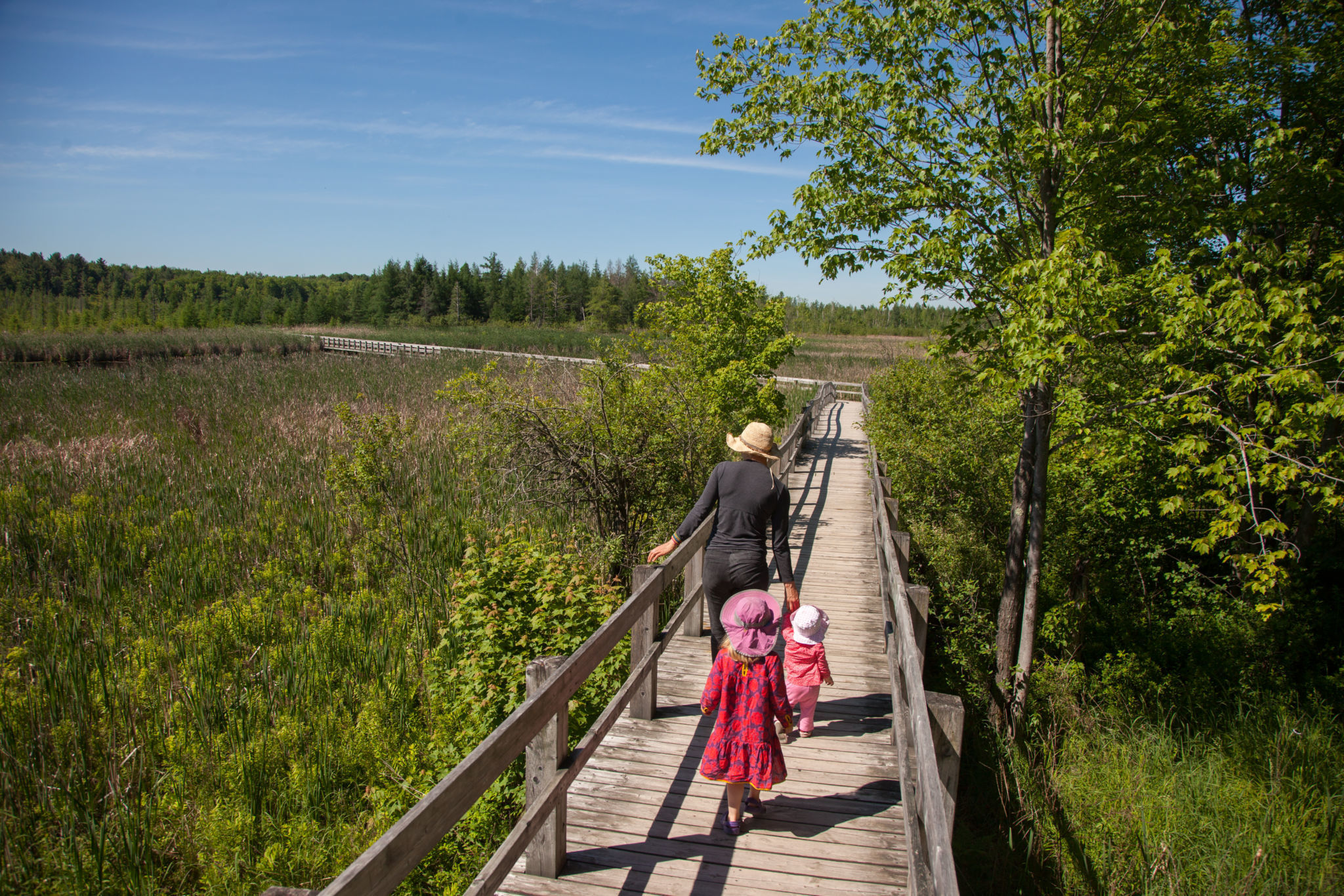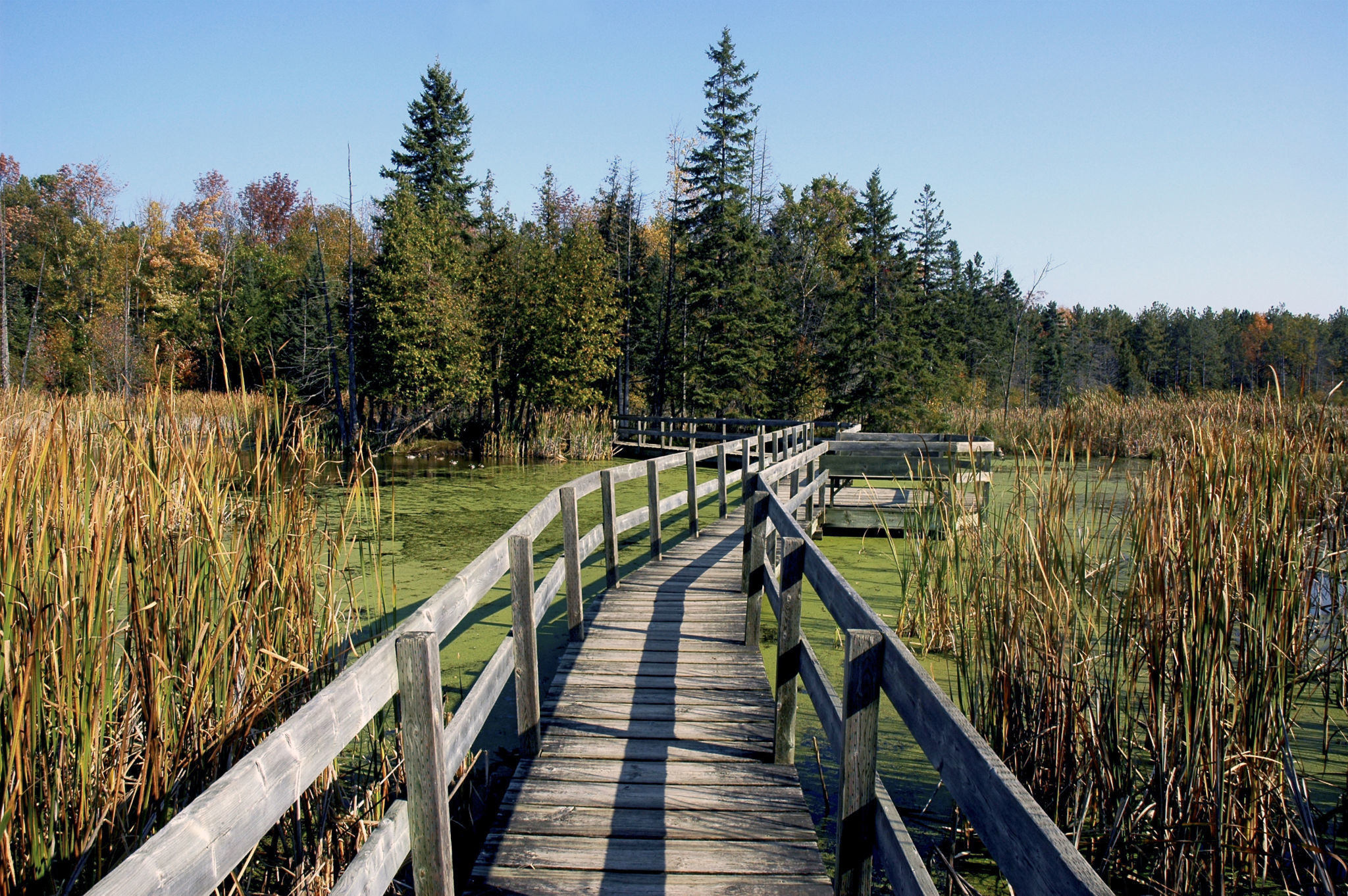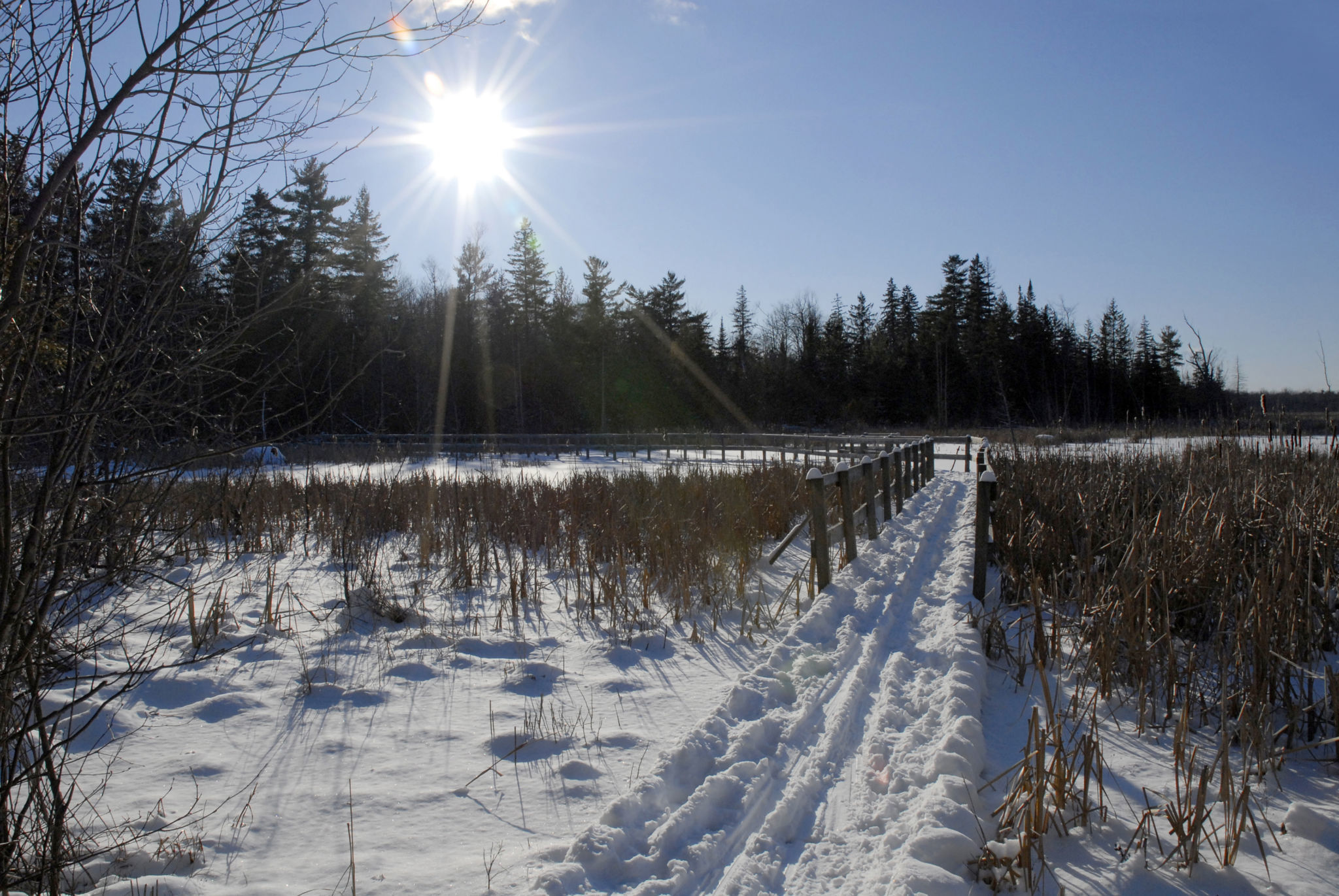Advisory
Please take note of the following before your visit.
Located in the southwest end of Ottawa, Stony Swamp features a network of beaver ponds, wetlands and forests, and is the most ecologically diverse protected area in the Ottawa Valley.
The Stony Swamp sector has more trails than any other area of the Greenbelt — over 40 kilometres. You can also ride your bike at Stony Swamp, on a section of the Greenbelt Pathway West, which connects to The Great Trail of Canada and the Rideau Trail.
Important
- When out enjoying nature, please follow the principles of outdoor ethics.
- Dogs and other pets on leash are permitted year-round on the Greenbelt Pathway East. In winter, dogs are not allowed on any Greenbelt trails. When on the Capital Pathway, please be considerate and share the path.
- To help you prepare for a safe and enjoyable outing, check out these tips about safety in the Greenbelt.
Points of interest
Nature trails for hiking, cross-country skiing and snowshoeing
- The Sarsaparilla Trail (22) has a dock extending onto a beaver pond. Start at parking lot P7.
- The Jack Pine Trail (26) crosses beaver ponds where you can observe many species of ducks and frogs. Start at parking lot P9. For conservation reasons, dogs are not permitted on this trail.
Discover the Greenbelt’s trails for hiking, cross-country skiing and snowshoeing.
Bruce Pit off-leash dog park
Bruce Pit is a popular off-leash dog park. Dogs are permitted off leash only in the designated area. They must be on a leash everywhere else, including the parking lot (P12), and are not allowed at the toboggan hill.
Bruce Pit Toboggan Hill
Pack up the family, and head out to the Bruce Pit Toboggan Hill (P12). The hill offers great daytime sliding, but is not lit at night.
Interpretive walks
On the Stony Swamp trails indicated below, you’ll find wetland boardwalks and interpretation panels about the geology and natural history of the area.
- Take a walk on the Lime Kiln Trail, and see the ruins of a historic kiln.
- The Old Quarry Trail is a 3.1-kilometre trail where you can learn about the area’s unusual geology.
- The Jack Pine Trail features beaver ponds and beaver dams, and is an especially popular destination for kids and families.
Photography: What did you see?
- The Beaver and Chipmunk trails (28) are loved by children. If you download iNaturalist before you go, you can record your wildlife encounters and learn more about what you saw together.
Facilities
- Parking: Free, year-round parking is available at parking lots P4 to P13.
- Information: P6, P10
- Washrooms: Outhouses are located at the following parking lots: P5, P7, P8, P9, P11 and P12.
- Picnic area: There is a picnic area by the Jack Pine Trail (P9) and a sheltered picnic area by the Sarsaparilla Trail (P7).
- Universal accessibility: These trails do not meet universal accessibility standards.
- Hours, directions, maps and planning tools
About Stony Swamp
Habitats, plants and wildlife
The swamp’s bedrock dates back to Precambrian times, the earliest geological era. Stony Swamp is classified as a provincially significant wetland and an Area of Natural and Scientific Interest (ANSI).
The area has more than 700 species of plants, which is the highest number counted in any part of Canada’s Capital Region. Stony Swamp is home to 63 species of regionally rare plants, 11 of which exist nowhere else in the Greenbelt. It also has a lichen population designated as a species at risk.
A variety of reptiles, amphibians, mammals and birds make their home in this area. Stony Swamp has 251 regionally rare bird species. This includes 17 species at risk, one of which is the northern goshawk.
Discover the remarkable trees in this area.
Other nearby activities
Scenic bike rides
Enjoy cycling on the Greenbelt Pathway West. Along the way, there are farms, creeks, wetlands and forests.
Greenbelt farms nearby
Make the most of your outing! After your hike, visit a Greenbelt farm — and take home fresh, local produce. Eating well tastes so good!
Wild Bird Care Centre
In this sector, you will also find the Wild Bird Care Centre, which cares for and treats wild birds that are sick or injured.
